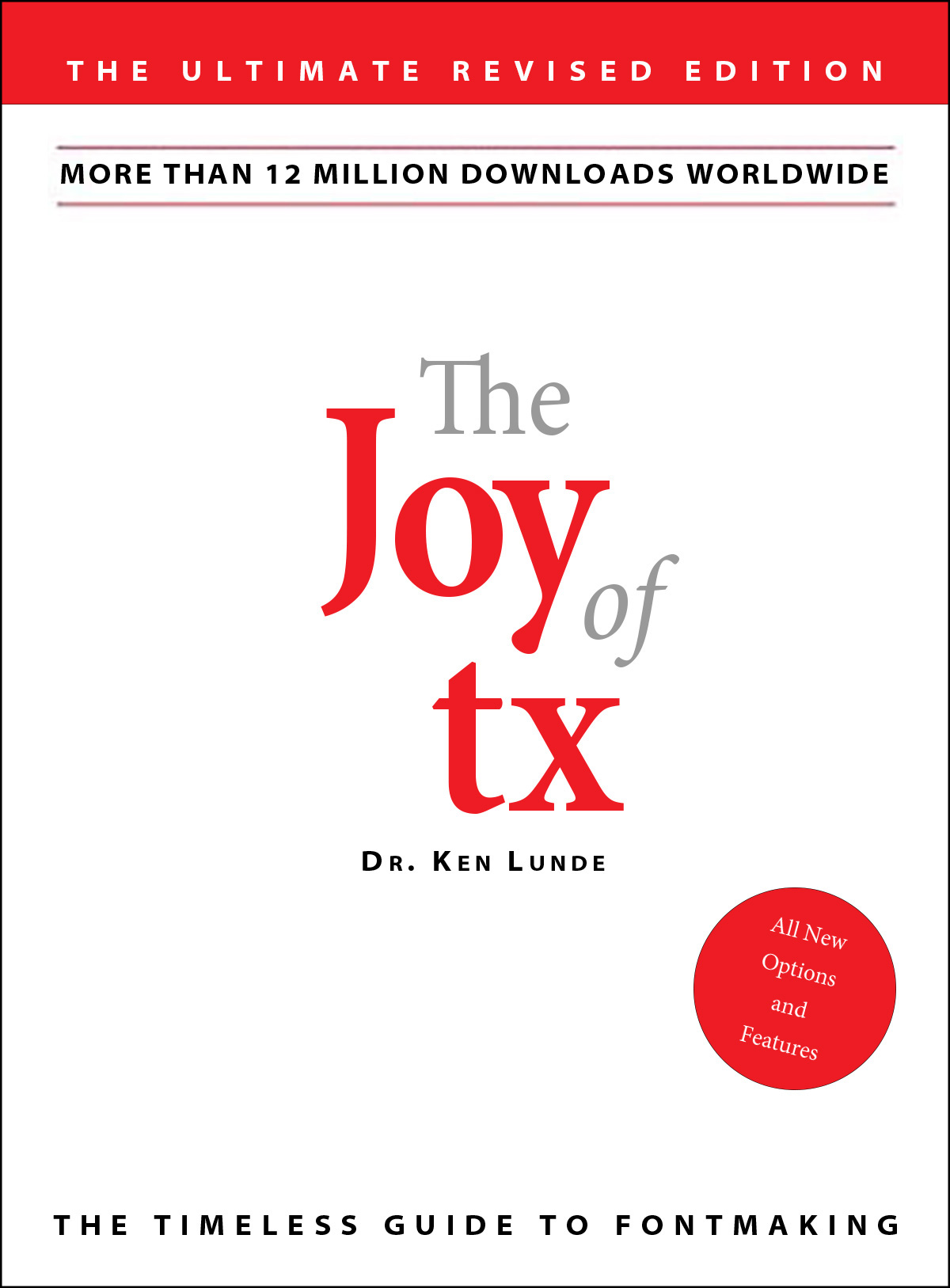
Guess what.
🤔
Plane 2, the SIP (Supplementary Ideographic Plane), is almost full.
Right off the bat, in Unicode Version 3.1 (March of 2001), Extension B filled it nearly two-thirds of the way with its 42,711 characters, along with 542 CJK Compatibility Ideographs. Extension C with 4,149 characters was added in Version 5.2 (October of 2009), Extension D with a mere 222 characters was added in Version 6.0 (October of 2010), and Extension E with 5,762 characters was added in Version 8.0 (June of 2015). On tap for Unicode Version 10, scheduled for a June of 2017 release, is Extension F that currently includes 7,473 characters (U+2CEB0 through U+2EBE0).
Continue reading…











